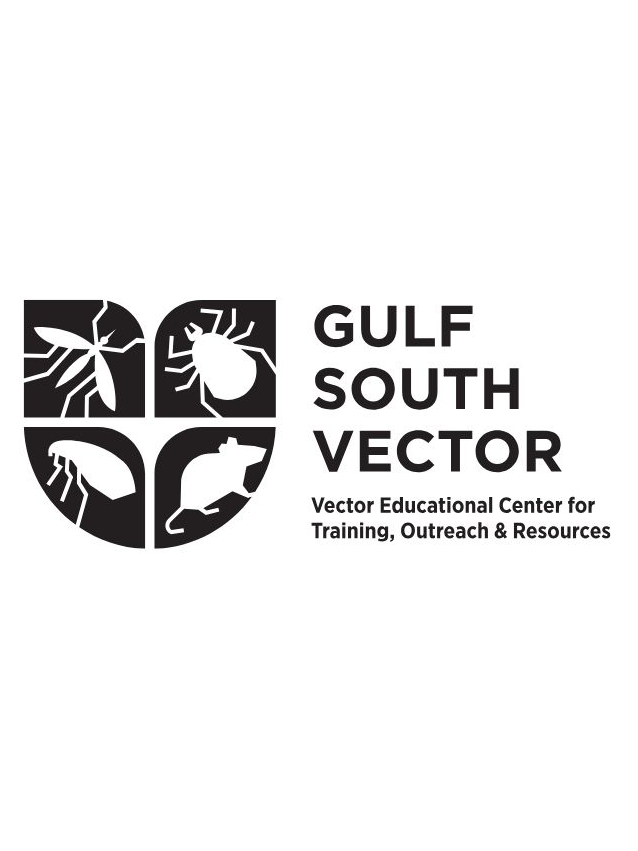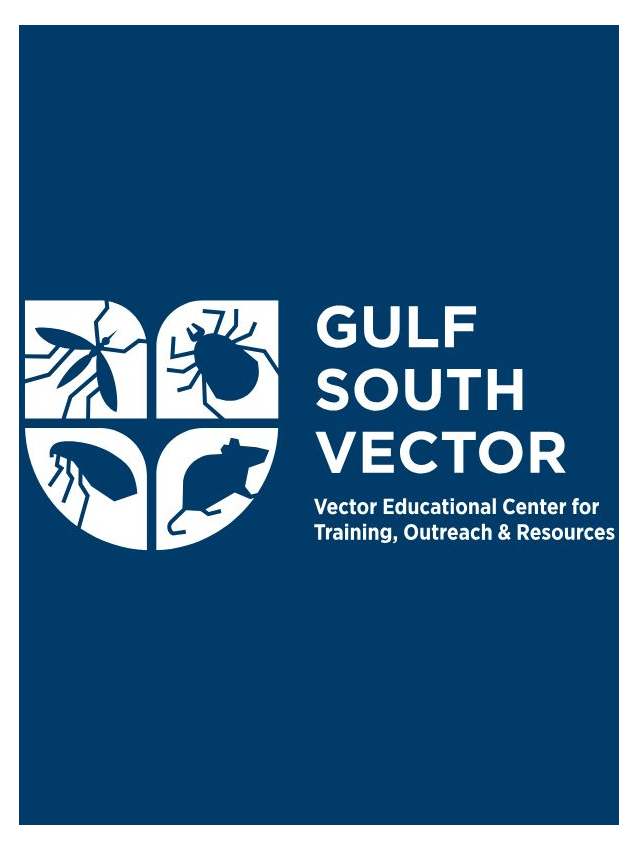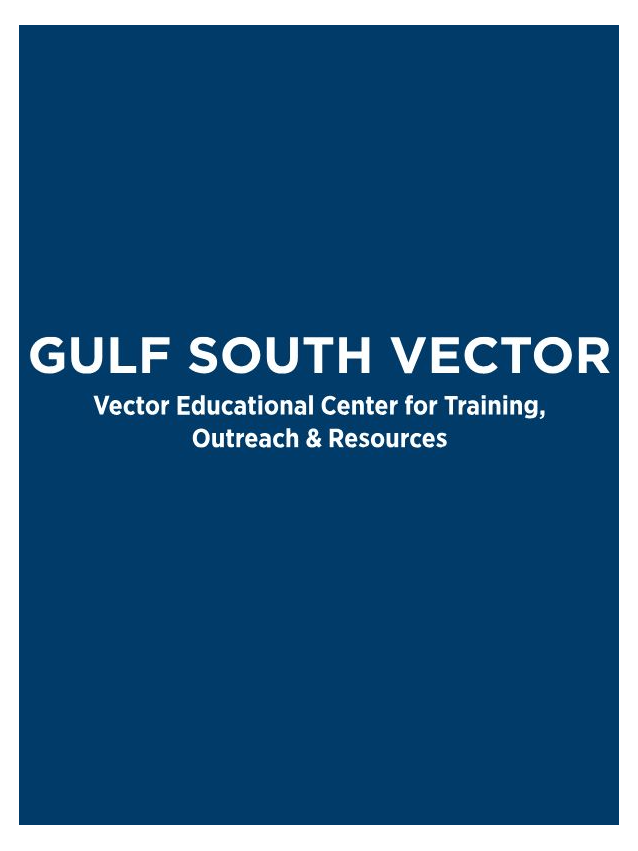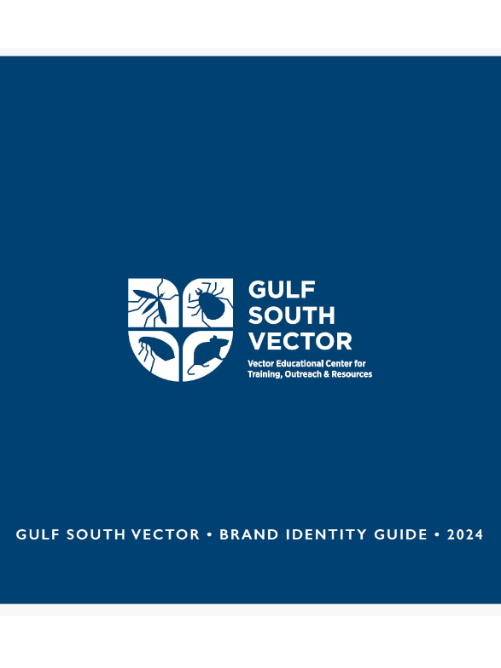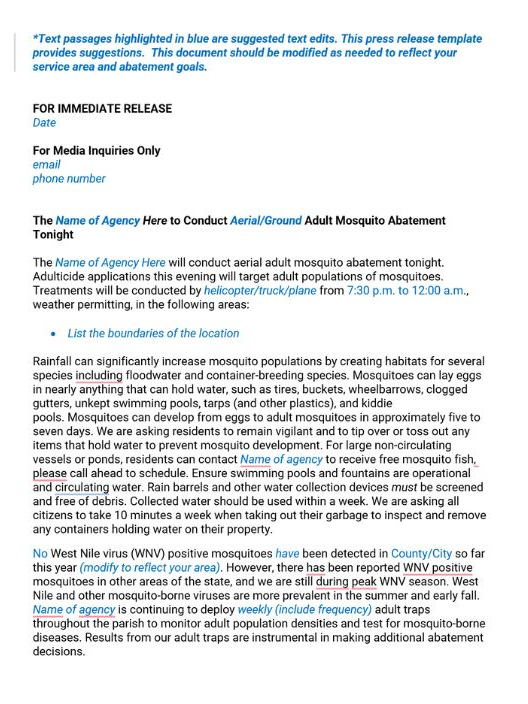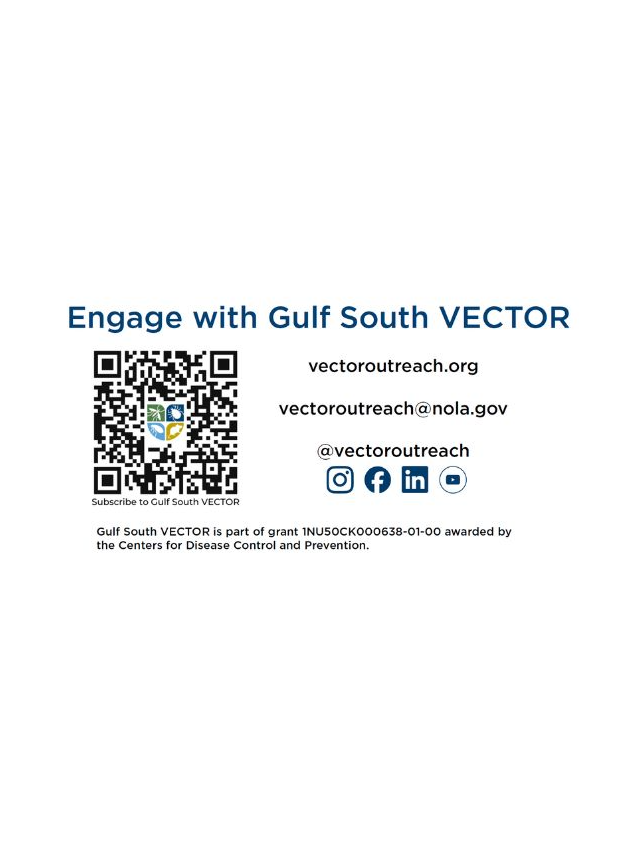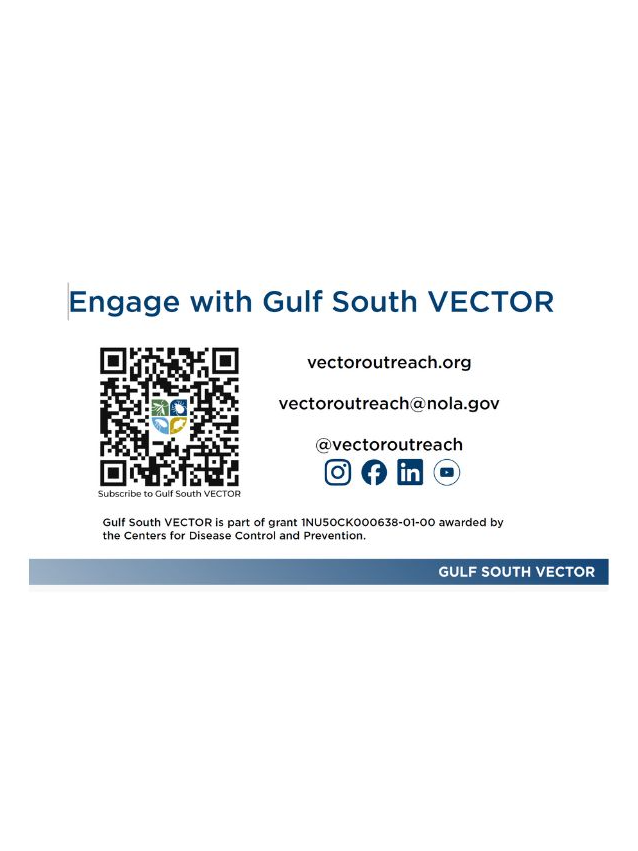
Gulf South VECTOR Info Slide for Presentations - Branded
Slide containing Gulf South VECTOR contact information and subscription QR code. It may be added to the slideset when presenting about the project. This resource contains Gulf South VECTOR branding
Versions available include: PowerPoint and PDF, which can be inserted as a graphic.

Science for Success: Delivering research-backed soybean best management practices
Science for Success is a network of Soybean Extension Specialists at land-grant institutions across the United States who collaboratively deliver soybean best management practices. Read more about what we do in this fact sheet.
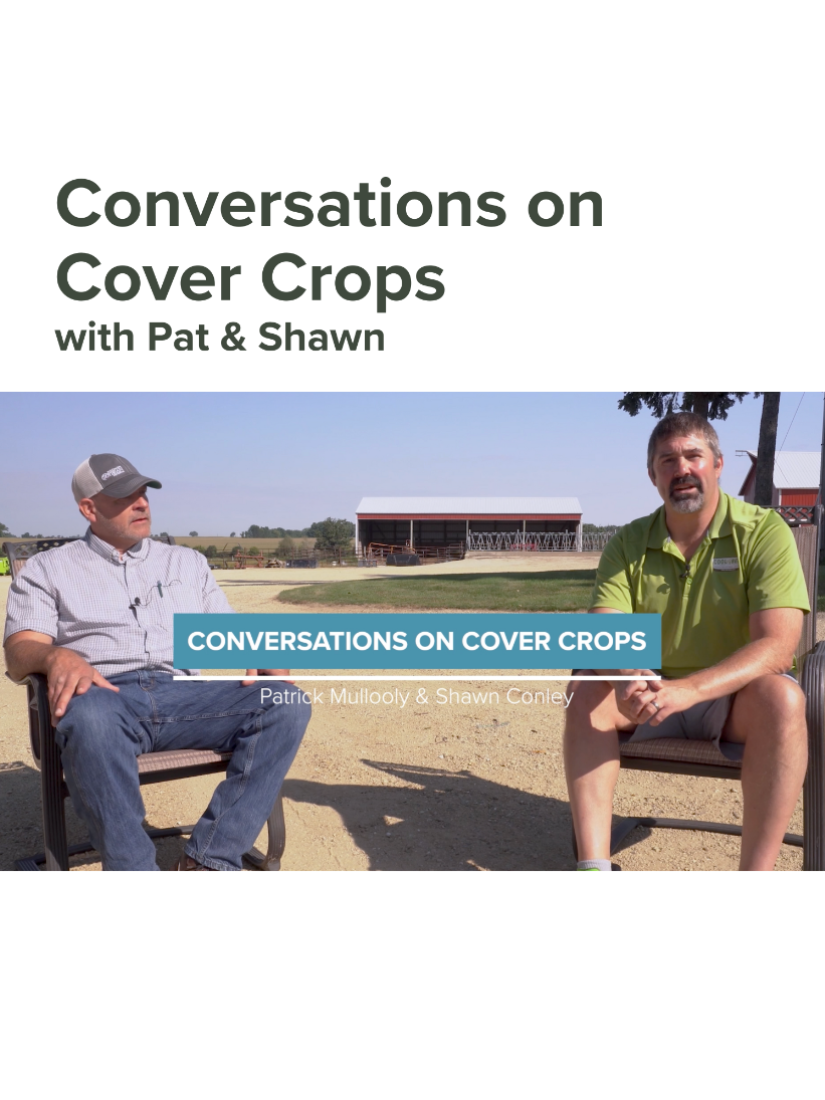
Conversations on Cover Crops with Pat Mullooly & Shawn Conley
Persevering through the trial and error of implementing a new practice like cover crops can be challenging. Farmer Pat Mullooly and Wisconsin Soybean and Small Grains Specialist Shawn Conley sat down to discuss why Pat continues to use cover crops on his operation. Hear more about why Pat started to ...

GSV Repellent Use Tip 2
Downloadable Social Media Asset for outreach use
Suggested Post Text:
Love the outdoors? So do mosquitoes and ticks. Before you head out for a hike, picnic, or backyard hangout, take a minute to protect yourself from bites and the diseases they can carry by using EPA-registered insect repellents while outdoors. Learn more ...

GSV Repellent Use Tip 12
Downloadable Social Media Asset for Outreach Use
Suggested Post Text:
Mosquito and West Nile virus season is here. Whether you're mowing the lawn, planting flowers, or just enjoying a quiet evening on the porch—make sure you're protected. Learn more at cdc.gov/mosquito/prevention
